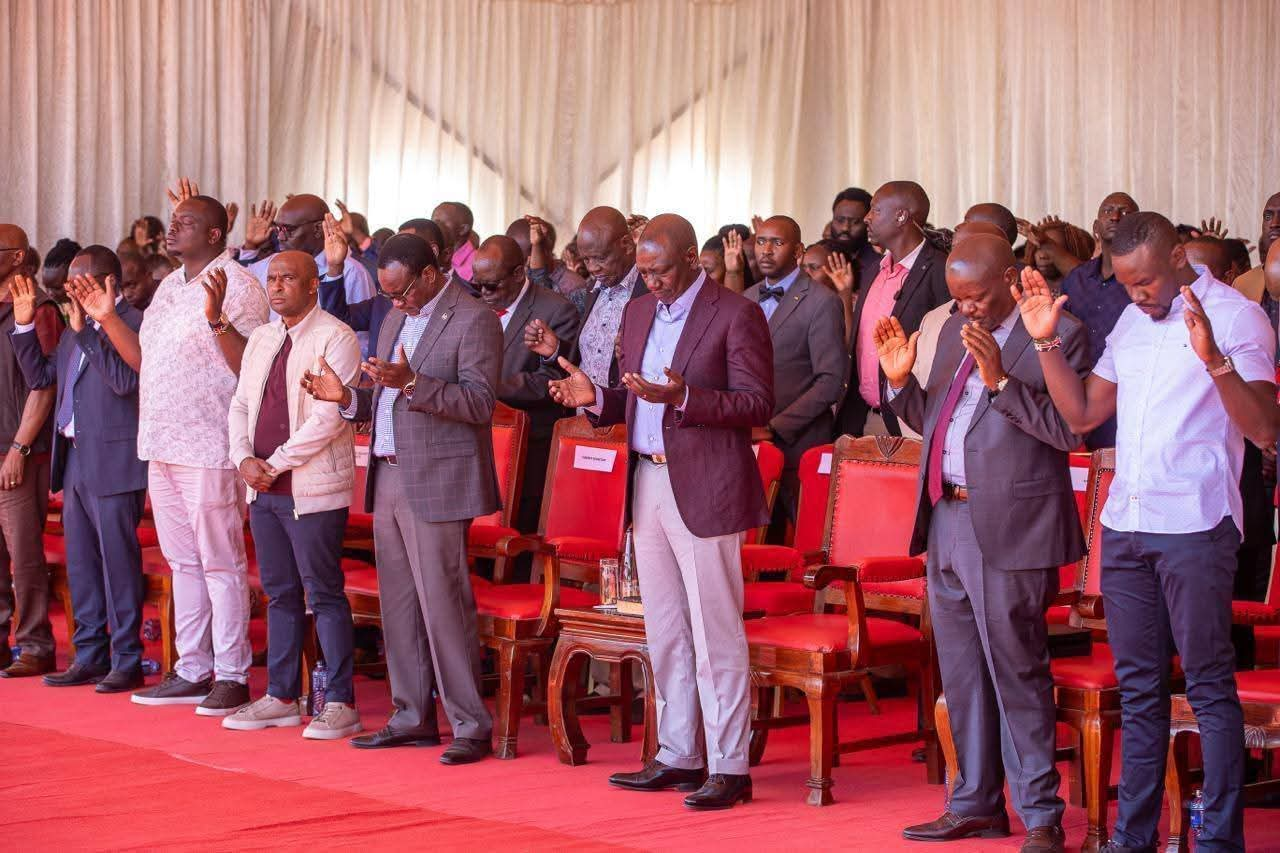I have told you before that Kamomonti is a herbal spirit. The spirit travelled to the land of the dead and compiled this heart-wrenching account. The dead aren’t happy that, in all the days they lived, we didn’t accord them dignity. Why only a dignified send-off while they lived in neglect? Why must strangers dignify them?
When I read WhatsApp walls created to raise funeral expense funds, one phrase often stands out: “We want to give him/her a dignified send-off.” It’s become a cliché, repeated with solemn urgency to justify the need for public contributions. The implication is that without well-wishers’ help, the burial would somehow be “undignified.” But every time I see this plea, a question nags at me: What kind of life did he or she live? Dignified or undignified? And if their life was filled with hardship, neglect, or loneliness, can any amount of ceremonial splendour truly redeem that?
In our society, the concept of dignity in death has gained significant importance. Funerals have become public performances, staged to communicate not necessarily love for the deceased, but to satisfy cultural expectations and social image. We now associate dignity with imported caskets, shiny hearses, catered receptions, live choirs, and printed funeral programs full of flowery tributes. Ironically, many of the people for whom we hold these grand send-offs lived lives that were anything but dignified. Family abandoned some, others suffered quietly without medical care, and many died poor, unnoticed, and unsupported. The “dignified send-off” becomes a last-minute effort to patch up years of societal neglect.
This contradiction is not unique to a few cases. It has become a widespread cultural norm – especially in Kenya. In African tradition, death is a communal affair. The family must “show face.” The funeral becomes a platform for relatives to reassert their place in the community. But the cost is often unbearable. Families borrow heavily, sell land, or relentlessly solicit funds from WhatsApp groups just to meet perceived funeral standards. What was once a time of mourning has turned into a social tournament: who sends the biggest wreath, who prints the longest tribute, who serves the best food. The actual life of the deceased fades into the background.
What is even more troubling is how these calls for a “dignified send-off” often overlook what matters most: how the person lived. Did we visit them in the hospital? Did we support their education, their dreams, or their business? Were we there when they lost their job or battled depression? Or are we just appearing now, at death, because we are expected to? The truth is painful: many times, the lavish funeral is not about the dead – it’s about the living. It’s about easing guilt, avoiding shame, or meeting cultural obligations.
We must pause and reflect on what dignity really means. Dignity is not the colour of a casket or the size of a convoy. It is not measured in tents or tributes. True dignity is found in how someone is treated when they are alive. It is in the compassion we show them in their time of need, in the attention we give to their voice, and in the respect we extend to their existence. A dignified life is one where someone is valued regardless of their income, status, or fame.
Unfortunately, our obsession with outward appearances often overrides this truth. We are willing to host expensive funerals, but not to support someone’s dialysis. We will print posters of the dead but ignore their GoFundMe link when they are battling cancer. We will write glowing eulogies but refuse to pick up their call when they needed to talk. Isn’t that a form of societal hypocrisy?
We cannot continue to live in this contradiction. If dignity truly matters to us as a society, we must invest in it while people are still breathing. Let us show up not just for the burial but for the life that comes before it. Let us build a culture that respects the living: one that ensures access to healthcare, education, decent work, justice, and emotional support. That is how we restore true dignity – not with flowers and feasts, but with presence and principle.
Moreover, we need to redefine the idea of a “dignified send-off.” It should not be a measure of how much money is spent, but of how authentically the person’s life is honoured. A modest funeral can be deeply respectful if it reflects the values of the deceased and the community’s love. It is more dignified to bury someone, but sincerely, than to bury them extravagantly for show.
There is nothing wrong with collective mourning or communal support in the face of death. These traditions give us strength and a sense of connection. But let us not allow these rituals to replace the deeper duty of caring for one another while we are alive. Let us not perform dignity at the grave when we could have practised it every day.
A society that celebrates the dead and ignores the living is a society in moral crisis. We cannot afford to continue this trend of posthumous generosity. Let us flip the script: let us fund lives, not just funerals. Let us dignify people in hospitals, classrooms, and living rooms – not just at the cemetery.
In the end, the most dignified send-off is not the one with the most splendour, but the one that follows a life that was already full of dignity. A life supported, loved, and respected. That is the send-off we should all strive to make possible – for others, and for ourselves.
By Kamomonti wa Kiambati
Kamomonti teaches English and Literature in Gatundu North Sub County.
You can also follow our social media pages on Twitter: Education News KE and Facebook: Education News Newspaper for timely updates.
>>> Click here to stay up-to-date with trending regional stories
>>> Click here to read more informed opinions on the country’s education landscape
>>> Click here to stay ahead with the latest national news.






